Hello! Click on one of our members below to chat on Whatsapp
Rainbow Mountain is the best tourist attraction to visit in Peru after Machu Picchu. This natural phenomenon stands at a breath taking 5,200 meters (17,060 ft), in the Vilcanota Mountain Range. This newly discovered must-see destination only grabbed the world´s attention in 2015. Discovered when snow melted off the mountains and revealed its vibrant and stunning colors of gold, lavender and red that lay beneath. This natural beauty was formed by weathering conditions and the minerals found in the soil. Its dynamic colors create this marble effect that glows in the sun and a sharp contrast when its laden with snow.
Since its discovery, tourism has flourished in this isolated region of Cusco. Thousands of visitors trek to Rainbow Mountain, the Red Valley and the Ausangate Mountain. There are a number of different tours to choose from when visiting Rainbow Mountain. The shortest and easiest way is to do a day tour is with a travel agency, either by joining a group or doing a private tour. These day tours sometimes include a short hike to the nearby Red Valley. It can also be done as part of a multi-day trek to Ausangate for the hiking enthusiasts. For the adrenalin junkie, the perfect tour to partake in includes a thrilling quad bike ride with expansive views of the Red Valley and the majestic snow-capped mountain peak of Ausangate.
The mountain is at very high altitudes and the option to hire a horse from the locals once you arrive at the trailhead makes the hike achievable for almost everybody.
Public transportation to the trailhead is unsafe and unreliable. The journey takes about 3 hours to the isolated village of Pitumarca. This is then followed by an hour drive to the trailhead. The hike itself is about 1.5 hours at high altitudes. We recommend choosing a reputable tour operator, so you don´t have to deal with the logistics of local transportation.
The locals refer to this mountain as Vinicunca or the montaña de 7 colores (seven-colored mountain). They regard it as a holy site and its closely located to the more revered Ausangate mountain. The mountainous people of Peru have always found spiritual divinity withing the mountains. Ausangate is considered as an Apus in this region and at certain times of the year, pilgrims climb up to the top to give thanks to the life gifted by the mountains. With the discovery of Rainbow Mountain the locals have respected the spiritual energy they believe is given off by this mountain.
This geological wonder of Rainbow Mountain or Vinicunca sits in the remote region of the Andes Mountains, among locals that still follow a traditional way of life, with their own religious beliefs.
The trail begins in Llacto at (4,638m/15,216ft) above sea level. Therefore the hike itself starts at very high altitudes and is a gradual 1 hour ascent to the top. The climb is not intimidating and it can be easy to underestimate the challenges altitude creates. Because of the high altitude, its imperative to acclimatize to the altitude in Cusco or the Sacred Valley for 2 or 3 days before embarking on this trail. Next, walking in a slow pace will help avoid the extreme affects of altitude sickness. Also, remember to listen to your body, take short deep breaths and rest when you need. Hiking is never a competition, its a personal journey of discovery and enjoyment.
Choosing a tour operator that is experienced with rainbow mountain tours is gold. They will know to bring a can of oxygen incase you suffer from altitude sickness, or lack oxigen. They also carry with them the local remedies for altitude sickness like coca leaves. We recommend consulting your doctor about what medication to take to combat altitude sickness before leaving home. The guide will not recommend or administer any medication because they are not licensed medical personnel.
The best time to hike Rainbow Mountain is during dry season, which is between April to September. During the dry season its less likely to rain, daily sunshine is a norm and the weather is a lot more predictable. It is an easier hike without the rain.
There are also chances of thunderstorms that may occur without warning during the rainy season. However, seeing views of the mountain slightly covered in snow gives a different perspective. The snow creates a sharp contrast between the white and bright colors of the mountains, but only when snow is not completely blanketing the mountain in white.
You should still be well prepared for all weather, even if you go during the dry season. At the top of the mountain, it can get chilly with little warning and light rain showers. So bring things to protect you from the harmful sun rays like sunglasses, a poncho for the rain and an extra jacket for when the weather gets colder.
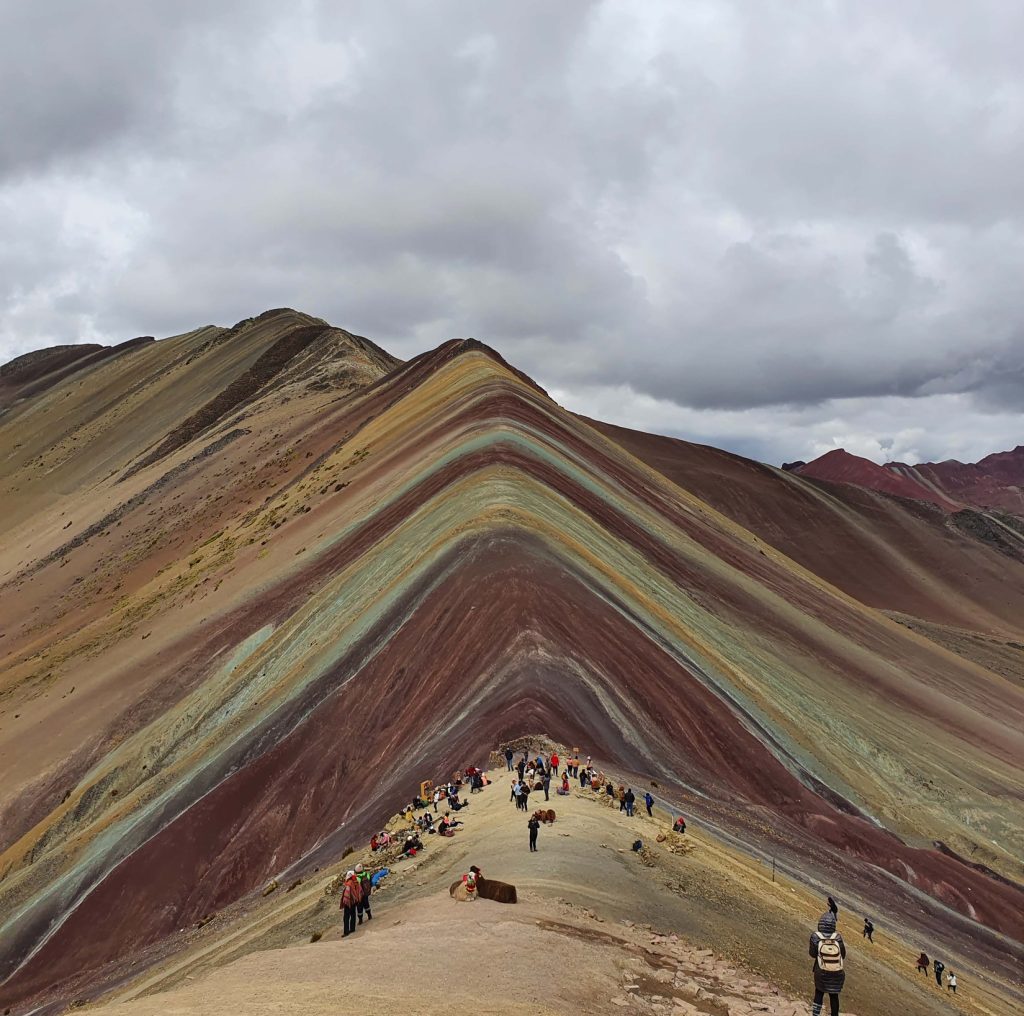
The list below is just a short listing of the most important essentials. Click on the link at the end of the paragraph for a more comprehensive list.
Packing List for Rainbow Mountain
The rainbow mountain trail is absolutely stunning. You get picturesque views of the massive Ausangate mountain that’s blanketed by snow all year round. Enroute, you pass locals that speak the indigenous language of Peru (Quechua). People in the isolated villages in Southern Peru mainly speak Quechua and if you choose a good tour company they will help you communicate with the locals. The locals dress in their eye catching colorful traditional gear, and you are able to take pictures. Also, find them selling water, snacks and souvenirs made of the wool from the many llamas and alpacas you pass along the trek.
The trek is divided into two trails, one for horses and another for people walking. A great perk provided by the locals is the option to rent a horse that will take to you to the edge of the last section. The last section is an extremely steep incline and its not safe for the horses.. If you choose not to hire a horse at the start of the trail but change your mind, then you are in luck because you get another opportunity to get one at the halfway point. Ask your guide to negotiate a price on your behalf. The proceeds from the rentals goes directly to the locals.
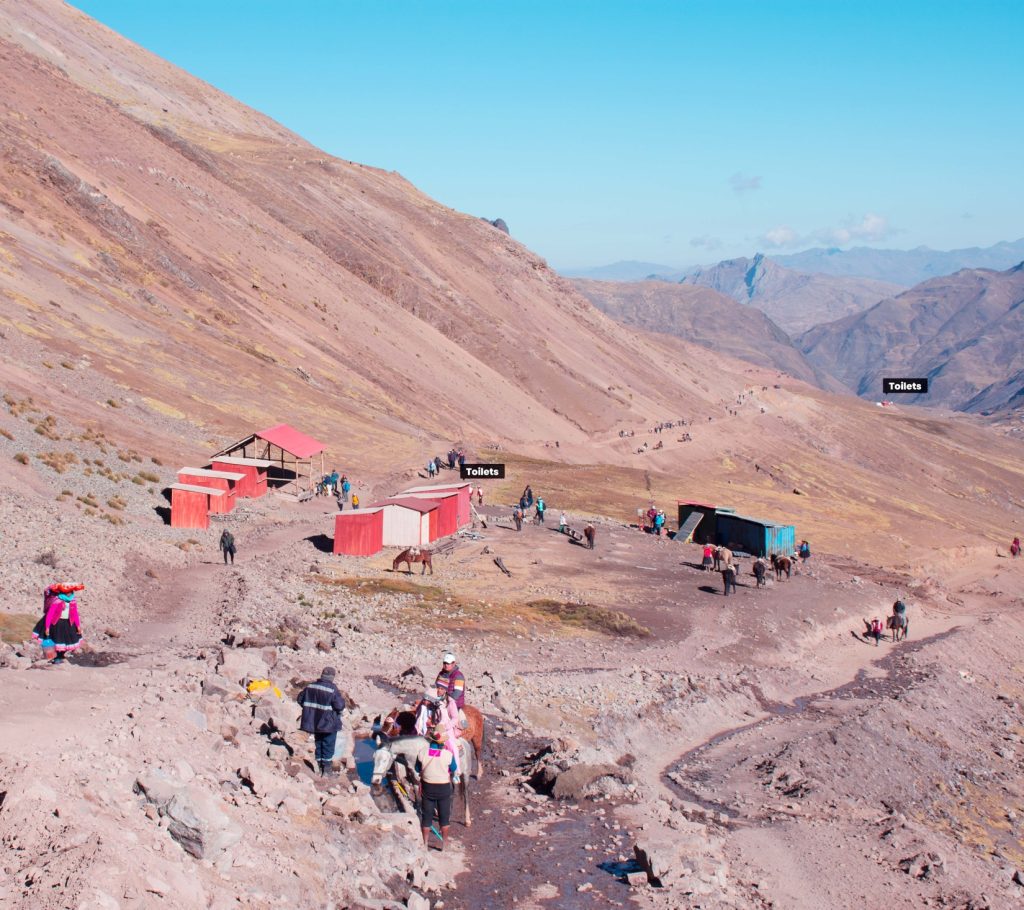
The restrooms found on the trail are basic and are not always sanitary. However, further up at the entrance gate, they have clean flushable toilets that are well maintained for a very small fee. We recommend using these restrooms on the way in and on your way out. You will not find better along the trail. The toilets on the trail also cost around 1 to 2 soles. It is essential that you bring your own toilet paper because this not always provided.
Further along is the unbelievable Red Valley, which looks like a scene straight out of Mars. Its bright red with splashes of green flora. It´s a short optional 20 minute hike from the summit and it´s a journey not to be missed. The best thing about the Red Valley is that, it usually less crowded and gives the opportunity to take stunning photos. Take the chance to interact with the locals and learn a phrase or two in Quechua. The trek is less challenging than Rainbow Mountain and the landscape is truly unforgetable.
Note: All inclusions are dependent on the tour operator you choose. These inclusions are curtesy of Orange Nation. Orange Nation offers a tour to Rainbow Mountain with all the following inclusions, at competitive prices.
Technically no, but getting your bearings is not easy in a remote village, with unreliable public transportation. If you are short on time or want to get the most out of your trip, opt for a tour from a reputable travel agency. It is the fastest and safest way to visit Rainbow Mountain.
The easiest and safest way is to take a tour from Cusco. Travel agencies offer tours to Rainbow Mountain in private services or in small groups. Be on the look out for cheap companies that will guarantee departures if they reach large numbers, like 15 or 20. These companies can cancel your trip at the last minute.
Hiking to Rainbow Mountain is not impossible, in fact there is the option to go on horseback. The hike itself is at a moderate level of difficulty. The biggest factor to consider when hiking is the altitude, the hike itself is short and the climb is mostly gradual.
The cost varies based on the type of service you select and the travel company you prefer. To know the exact price click on the following link: Orange Nation Rainbow Mountain 1 Day.
First and foremost you need to acclimatize to the altitude. Spending 2 or 3 days in Cusco or the Sacred Valley should be sufficient. This hike does not require a high level of fitness. However, for obvious reasons the better your physical condition, the more enjoyable the hike. Altitude sickness is not directly linked to fitness, it affects people differently for whatever reason.

Comfortable lodging near the ruins of Ollantaytambo, in the Sacred Valley of the Incas
Learn More
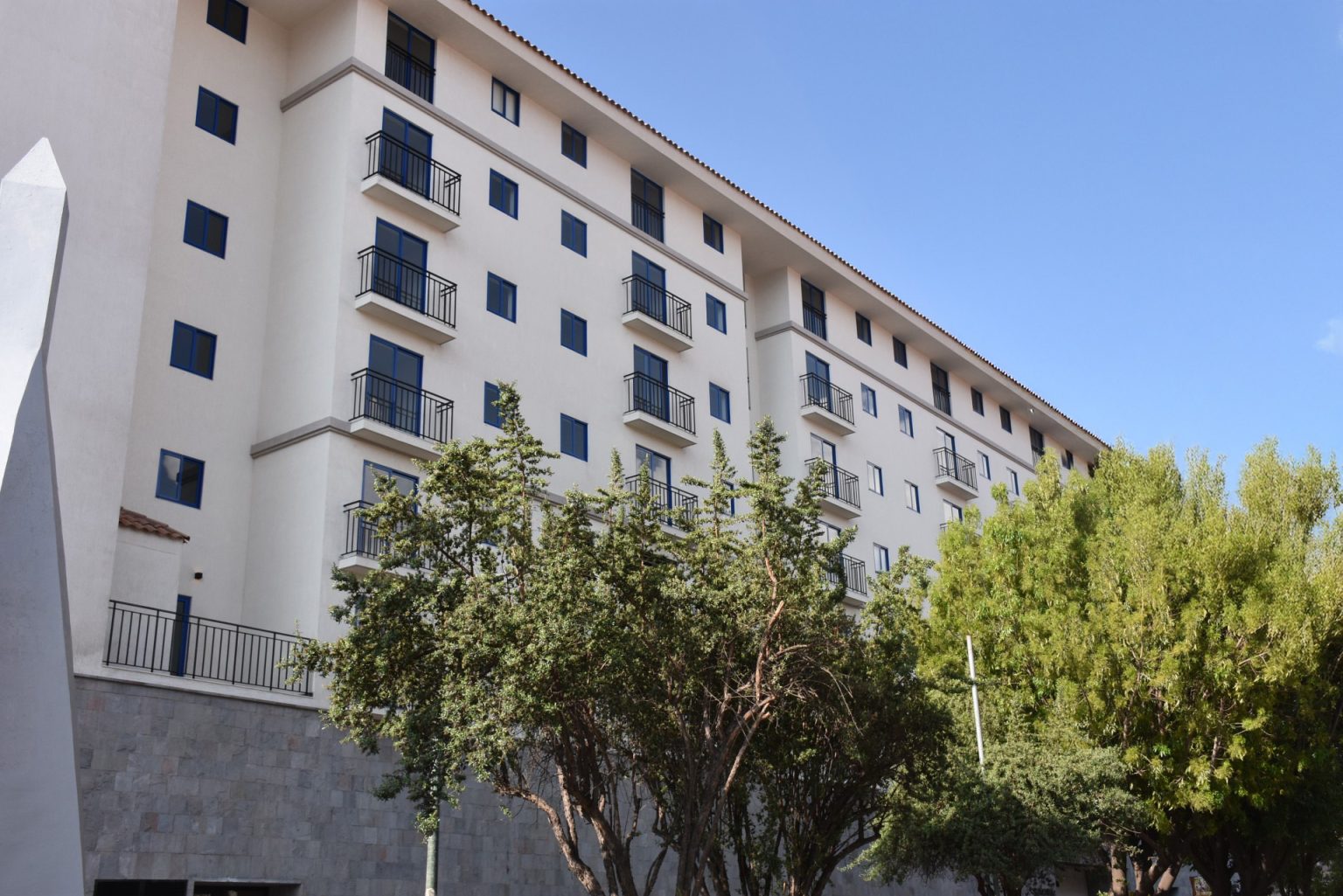
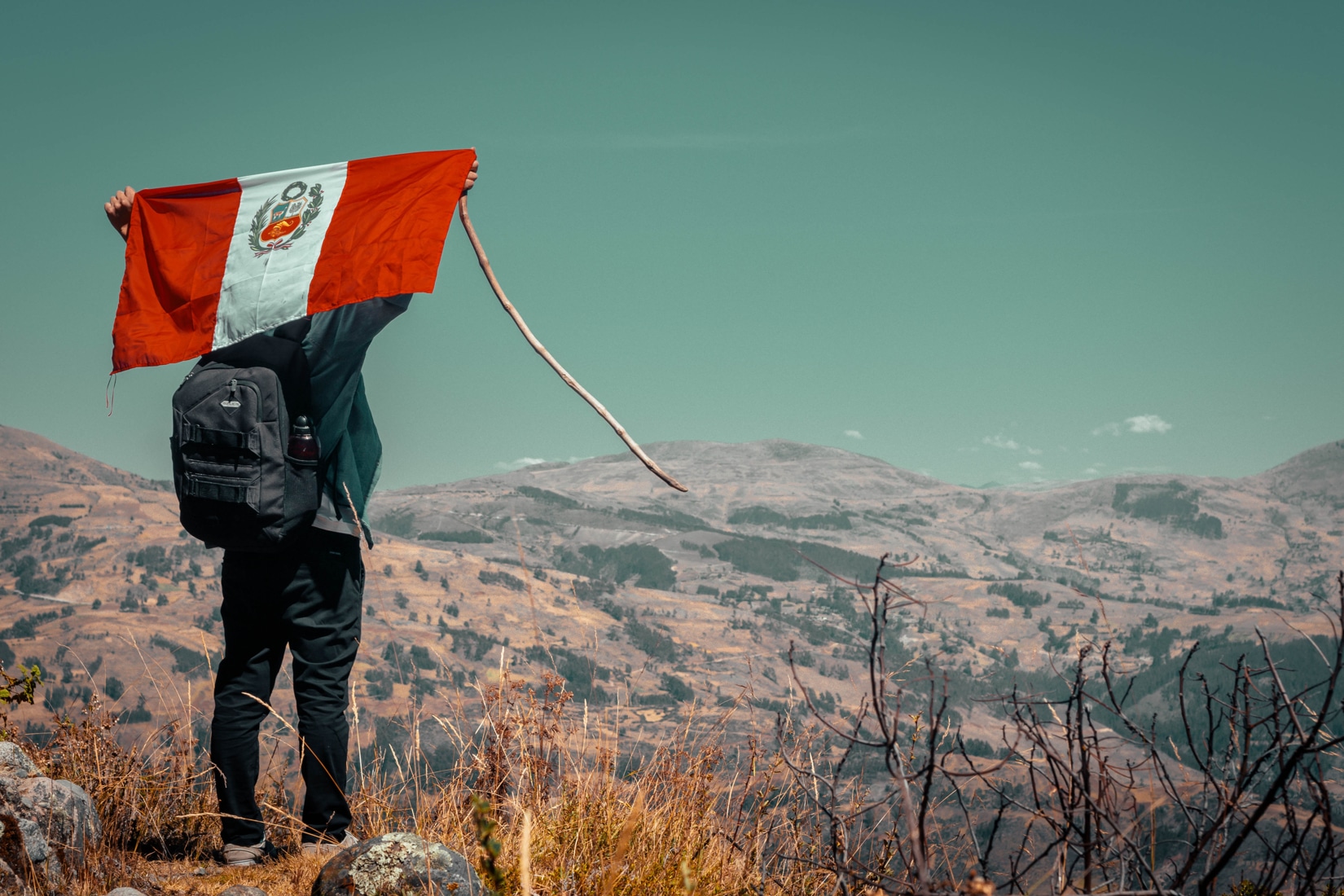
Travelling with children or teens in Peru is a different experience than travelling solo or as a couple; extra planning is required. This article will give you what you need to know to organize an unforgettable family trip to Peru. Peru is an excellent destination for children of all ages, all guaranteed to have a […]
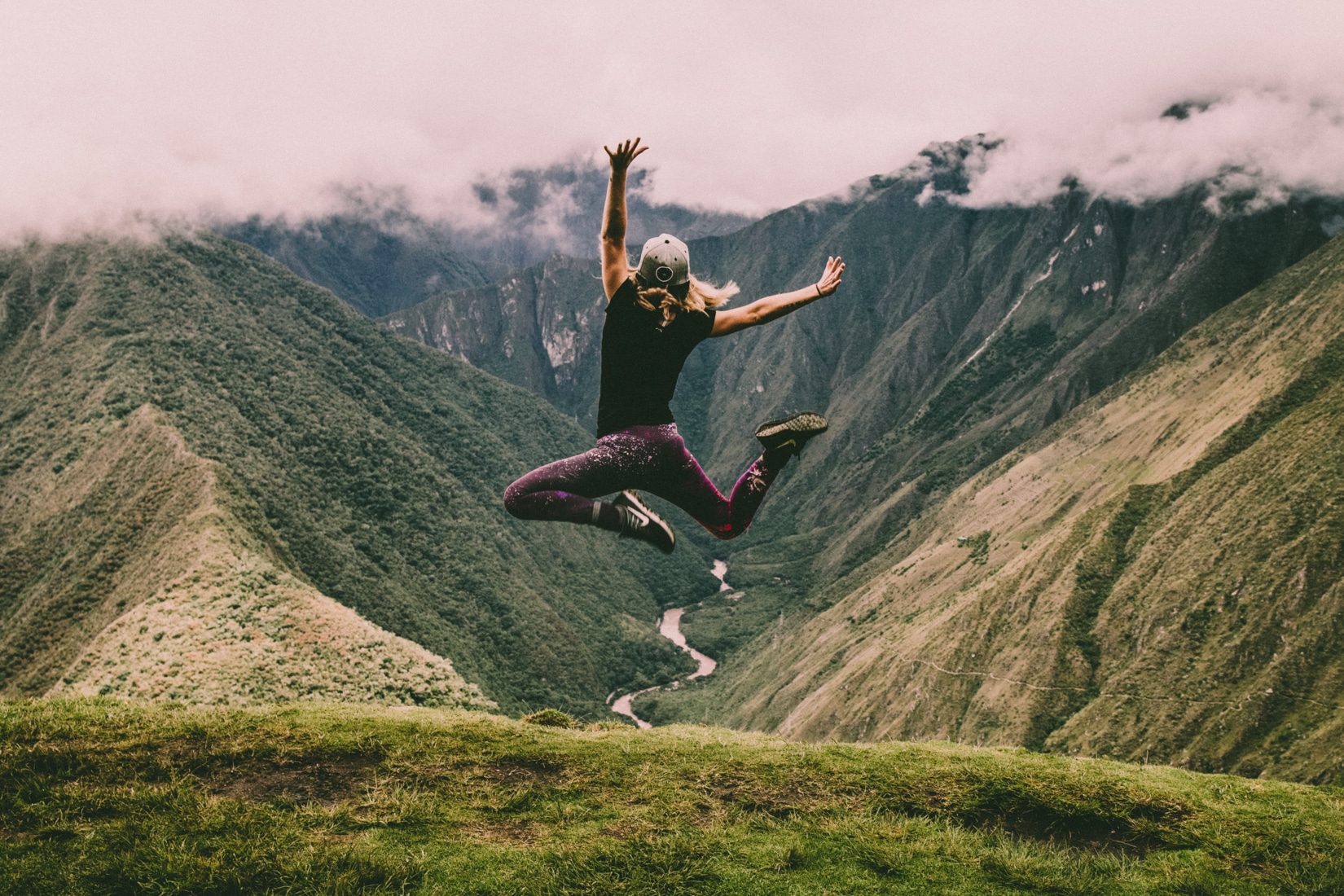
The Inca Jungle Trek to Machu Picchu is the perfect adventure trek for the thrill seekers among you. Start your adventure with downhill mountain biking, which leads to a lookout point with breath taking views of the Andean landscape. After, enjoy an exhilarating experience white water rafting down the Urubamba river. If that wasnt enough, […]
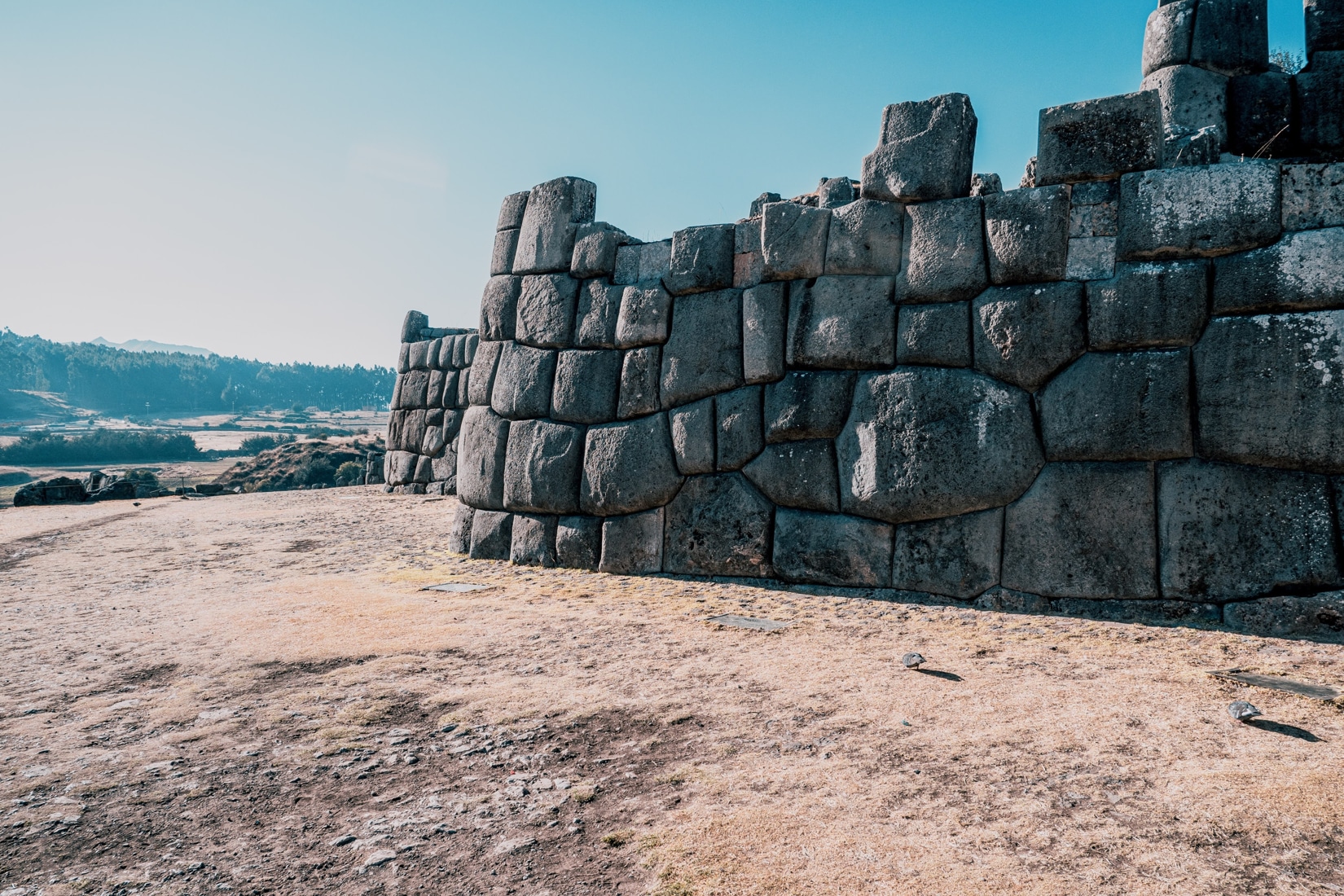
Sacsayhuamán is one of the most imposing and mysterious structures in the world. It contains 3 layers of zigzag walls made from megalithic stone. Just above Cusco you will find the enigmatic structure of Sacsayhuaman. Historians and archeologists believe that it was constructed around the 15th century during the reign of the most successful Inca […]
Discover why thousands of people around the world trust us to explore the best of Peru.
Couples
Trip to Rainbow mountain. First to the mountain thanks to Yair’s expert driving and special thanks to Cristian for being my guide. Highly recommend!
Written July 2, 2025
Family
We had an incredible experience hiking the Inca Trail with Ray as our guide. Ray was amazing. He was super knowledgeable about the history of the Incas, and he brought that history to life. We visited three larger sites, and several smaller ones that we arrived at by foot deep in the Peruvian jungle. Ray's was an incredible, passionate, and experienced guide, and also just a great person we are lucky to have met. I also have to mention Moses, our porter who made an amazing lunch and hiked it up to our resting spot 2000 ft above the Urambamba River to Wiñaywayna.
Written July 4, 2025
Family
Did the short inca trail through sam travel and it was an unforgettable experience. Hiking from the train to the Sun Gate with its beutiful views of macchu piccu was incredible. Our guide, Ray, was extremely knowledgeable, passionate, and always positive. At every location and along the way he had fascinating information to share and no question went unanswered.
Written July 4, 2025
Family
We had a great experience with our guide Cristian during our visit to the Sacred Valley and Machu Picchu. He shared clear and detailed explanations, with a fascinating historical narrative that helped us truly connect with the places we explored. I learned so much thanks to him. The atmosphere was also really positive and friendly throughout the tour. Highly recommended!
Written June 26, 2025